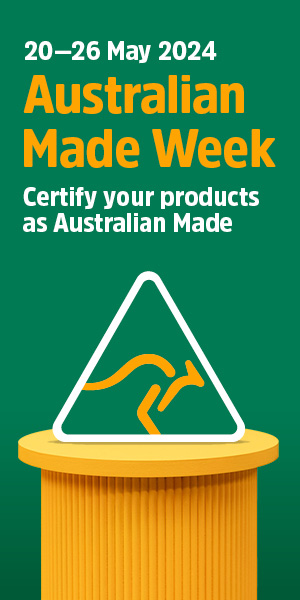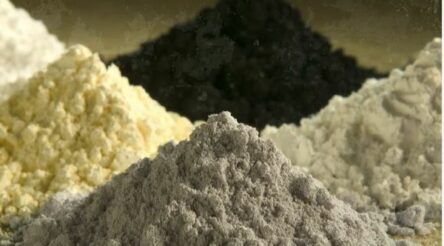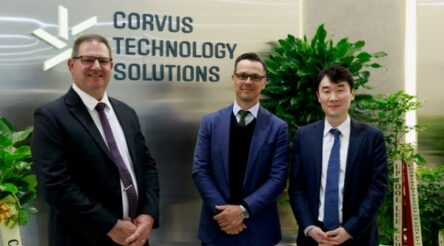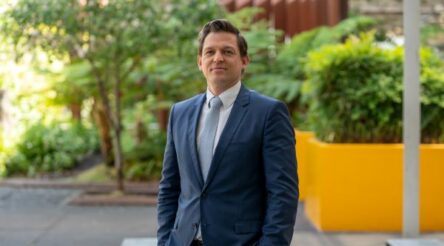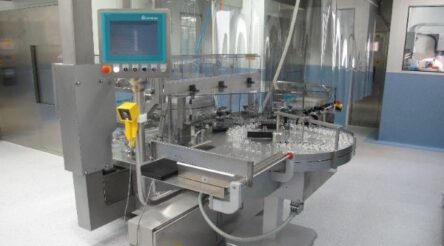Deakin team recycles old solar panels into valuable nanomaterials
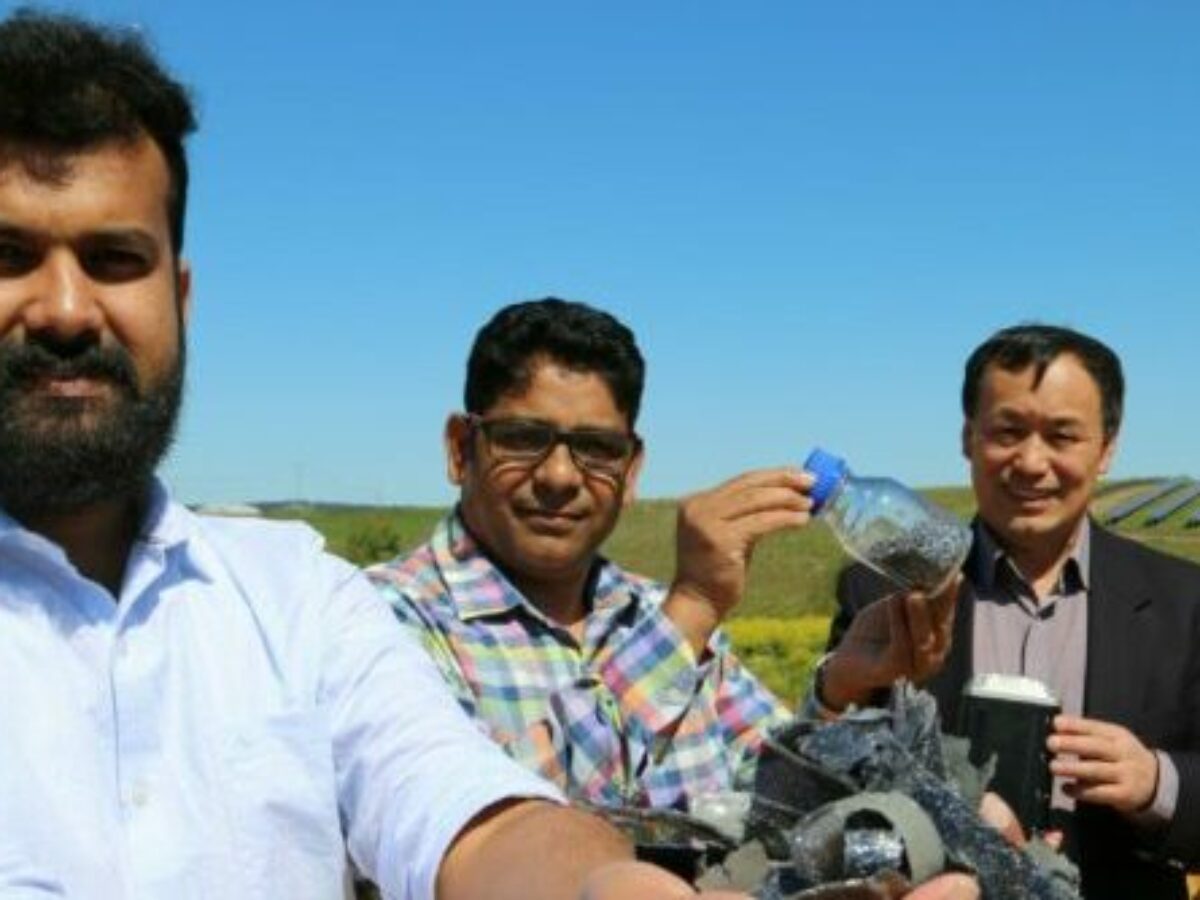
Deakin University researchers have developed what they say is a “highly-lucrative” way to salvage end-of-life silicon panels and convert them into nanomaterials with use in “breakthrough energy storage” technologies and elsewhere.
According to a statement from the university on Monday, “years of research” led by Alfred Deakin Professor Ying (Ian) Chen have helped enable a way to take purified silicon – found in solar panels – and turn this into nano-silicon. The team is currently looking to commercialise their work.
Poly-silicon is worth $650 per kilogram, and nano-silicon $45,000 per kilogram. According to Deakin’s Institute for Frontier Materials, both the process to clean up old poly-silicon and to then convert it to nano-silicon are safe and effective.
First the material is harvested from panels and purified.
“We have developed a process that returns silicon collected from used cells to greater than 99 per cent purity, within a day and without the need for dangerous chemicals. This thermal and chemical process is far greener, cheaper, and more efficient than any other technique currently on the market,” explained Dr Md Mokhlesur Rahman, lead researcher on next-generation batteries.
The next step involves turning the purified silicon into a nano-material. The “special ball-milling process” behind it also requires no toxic chemicals.
“We are using that nano-silicon to develop low-cost battery materials that will help deliver the higher performing, longer lasting, affordable battery technology critically needed to drive Australia’s clean energy transition.”
According to the university, a newly-developed nanosilicon/graphite battery anode can increase lithium-ion battery capacity “by a factor of 10” and represented “a critical breakthrough in energy storage technology.”
“This Deakin developed technology – including purification, nano-silicon production and integration into new battery technology – is a giant leap forward in how we tackle the problem of solar panel waste,” added Chen.
Nano-silicon also has uses including in fertiliser and hydrogen production, and in carbon capture.
Adoption of solar power – which the CSIRO predicts will grow from 12 per cent to approximately 50 per cent of energy generation by 2050 – brings with it a waste management headache.
According to the release from Deakin, over 100,000 tonnes of end-of-life solar panels are estimated to enter Australia’s waste stream by 2035.
In a recent @AuManufacturing interview with Dr Cathy Foley, the nation’s Chief Scientist highlighted the opportunity attached to the need to recycle the growing number of solar panels being installed.
Picture: Akhil Nelson, Dr Md Mokhlesur Rahman and Prof Ian Chen (supplied)
Further reading
NEW REPORT LOOKS AT BOOSTING AUSTRALIA’S PARTICIPATION IN BOOMING SILICON VALUE CHAIN
Topics Manufacturing News Technology
@aumanufacturing Sections
Analysis and Commentary Awards Defence Manufacturing News Podcast Technology Videos






